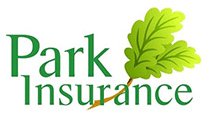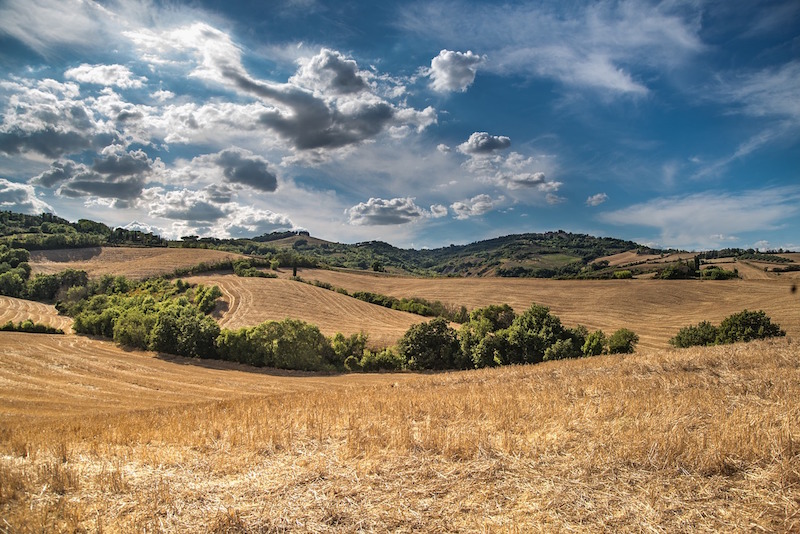There’s never a quiet time on the farm, and a constant dawn to dusk work schedule means it’s all too easy to put off jobs like shopping around for agricultural land insurance. Crops need harvesting, or the cows need milking, and farm jobs take absolute priority.
But if you don’t take the time to stay on top of the paperwork, you could be impacting your profit margins more than you realise. If you spend more than you need to searching for insurance, it might be time to start working smarter, not harder.
To make it easier and save you money, we’ve compiled a complete guide to agricultural land insurance. Use it to find out what level of cover you need and how to secure the best price.
What is agricultural land insurance?
Also known as farm insurance or arable land insurance, this cover provides a policy that protects land capable of being used for agricultural purposes, both for growing crops and as grazing for animals. It includes three key areas:
- Property damage, including farm dwellings, structures and equipment
- Livestock
- Liabilities
If you suffer a catastrophic loss due to crop damage, livestock death or damage to farm dwellings and structures, it will provide financial compensation and support to help you and the farm recover. Agricultural land insurance can be customised to suit the specific needs of your farm, whether you run a smallholding, a mixed farm, or are exclusively arable or focused on livestock.
Farm insurance will also cover your legal expenses if a third party’s property is damaged while on your land or if someone is injured. It can also be adapted to include cover for legal fees for farming activities.
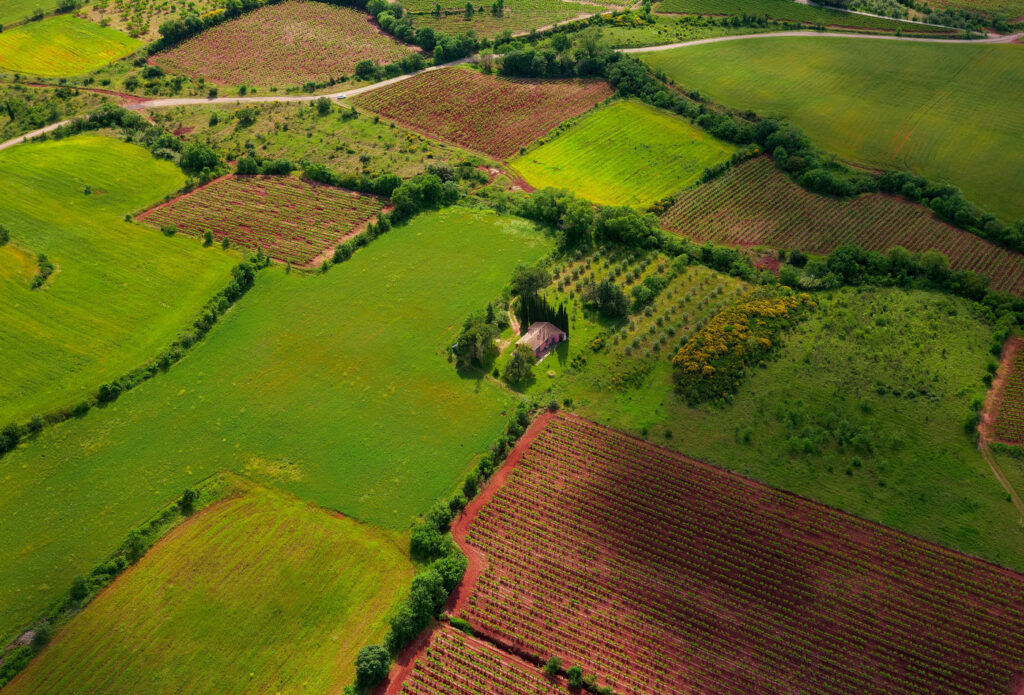
Why do you need insurance?
Farming is a tough profession filled with potentially life-threatening scenarios that could result in serious injury or even death. You are constantly on or around heavy machinery, whether it’s a tractor, bailing machine, slurry pit, or any other potential hazards.
Farmers are also at the mercy of the elements. A torrential rainstorm and subsequent flooding can decimate a freshly planted barley field, while a late frost could wipe out a whole season’s soft fruit crop overnight. Unforeseen events like this can plunge a once-profitable farm into debt. Farm insurance can help cushion the blow, providing you with an income while you rebuild your business.
Other situations where comprehensive agriculture insurance could help you financially include the theft or damage to essential equipment and damage to farm buildings such as barns, milking parlours and lean-tos that other types of insurance may not cover.
What types of cover do you need to consider?
Every estate, farm, or smallholding needs different agricultural land insurance needs. Not only are many of these needs specific to the type of farm you run, but they can also change over time. Buying new equipment, erecting new barns and farm buildings, or buying new livestock can all impact your farm insurance cover.
So you need farmland insurance that isn’t just practical and far-ranging but flexible too. With many farms diversifying into more complex business models, you may need to look at other complementary insurance cover too. Have you decided to devote a field to ‘glamping’ or ‘pods’ for those rural getaways? You may need to include leisure insurance in your portfolio. Does the public have access to your land via bridleways, footpaths or byways? Land insurance may be essential to cover legal costs brought by people who are injured or whose property is damaged while they’re crossing your land. These days, we all need to be more mindful of the potential litigation and subsequent legal costs that may arise from even the smallest, seemingly inconsequential incident.
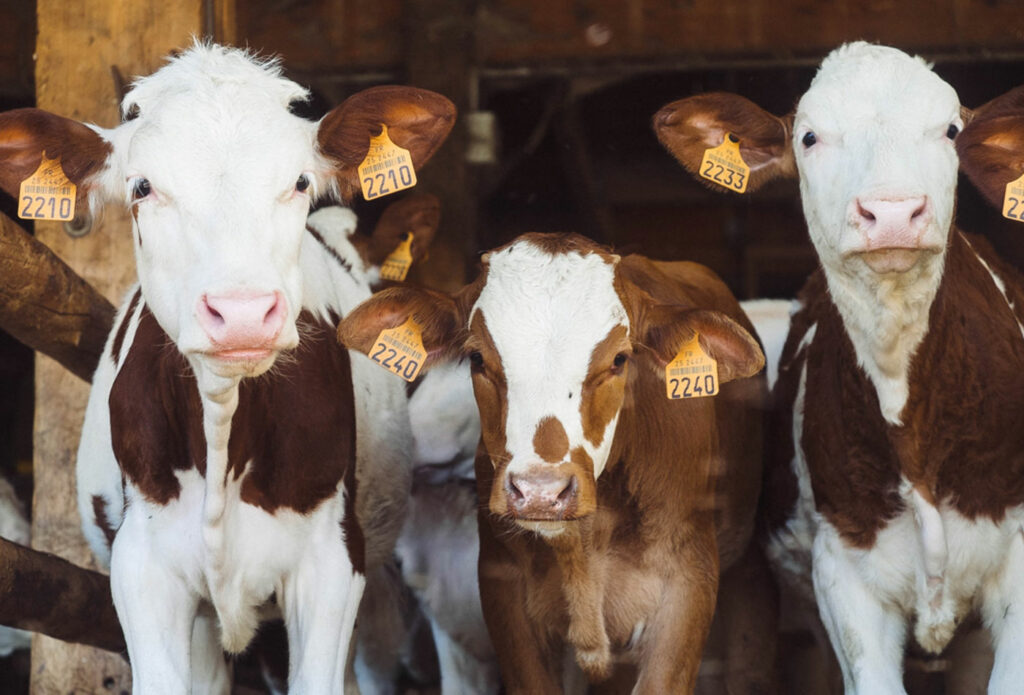
Looking after your team
If you’re running a farm and employ other people to work with you, even if they are part-timers or other family members, you are legally obliged to have employer’s liability insurance. This is the only form of personal insurance that’s a legal requirement – everything else (with certain exceptions) is really down to you. Employer’s insurance protects you from the legal costs of any claims brought against you by anyone working for you.
With so many potential dangers on a farm, this form of insurance is absolutely essential and a statutory requirement for all employers. Bear in mind that if you have temporary staff working on your farm (for example, pickers or shearers), you still have to have employer’s liability cover even though they are not permanent staff members.
What else do you need?
Not every type of insurance is essential to give you the best cover. For example, if you run an arable farm, you don’t need to consider taking out livestock insurance. Whereas a dairy farm may seriously consider adding grazing land insurance to its portfolio. So what do you need? We’ve listed some of the most common areas of insurance for farmers and landowners so you can identify what is relevant for you.
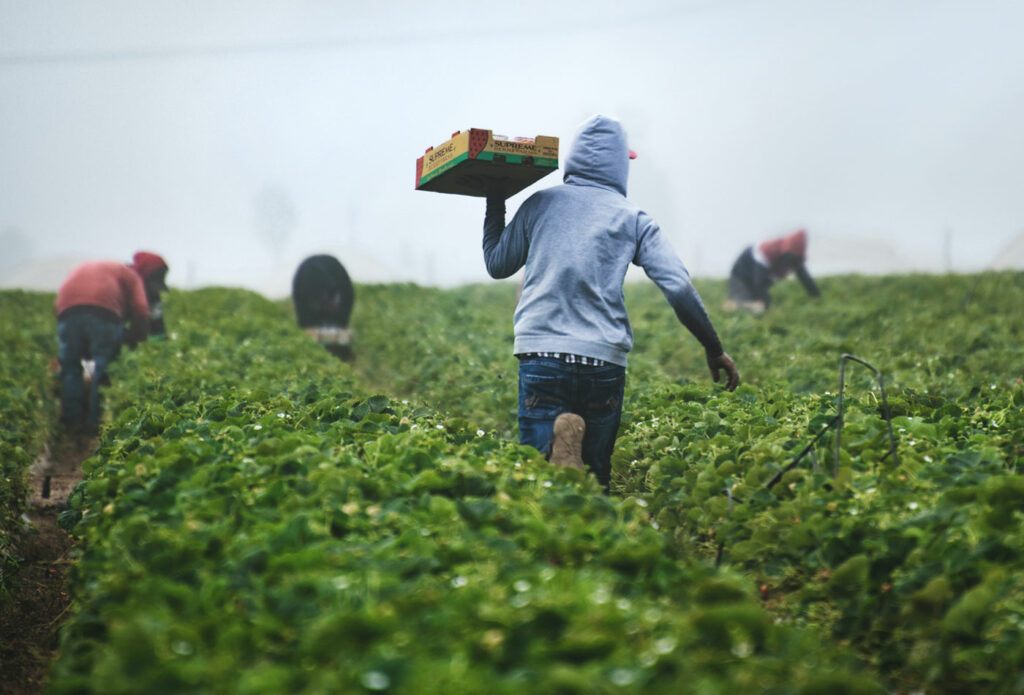
1) Public liability insurance
A major concern for most landowners is what will happen if someone is injured on their land and makes a compensation claim. Public liability insurance gives you peace of mind that if anything happens on the land and someone is hurt or their property is damaged, your legal bills will be paid.
When you’re buying your insurance, you’ll need to decide how high you want your indemnity to be. Your indemnity is the maximum amount the insurer will pay out if there is a claim (or multiple claims if more than one person is injured).
Indemnities are typically offered at £1 million, £2 million, or £5 million. That may seem like a lot, but remember that this needs to cover legal fees to defend a case and any compensation payouts.
Depending on the nature of the injury and its impact on a person’s life, compensation awards can be significant. In 2022, the Judicial College Guidelines on compensation amounts[1] were updated, and a quick glance at the numbers explains why public liability insurance indemnities are so high.
- Major damage to the head and brain can result in compensation that ranges from around £280,000 to over £400,000.
- Compensation for back injury can be around £38,000 to £39,000, with payment for the most severe injuries close to £70,000.
- Permanent disability or loss of arms or hands can result in compensation of around £130,000 to over £200,000, depending on the nature and the severity of the injury.
- Even a minor eye injury that does not result in permanent blindness or vision impairment can still lead to a compensation claim for as much as £8,000.
- A severe leg injury can mean compensation of over £88,000.
Bear in mind that these are very generalised figures. When you also take into account any claims for mental trauma and the impact on earnings or the cost of long-term care, those figures can climb much higher.
You should calculate your indemnity based on the size of your land and any risky features on it, such as water or derelict buildings. You should also consider how much access to your land the public has (including delivery vehicles or outside contractors). If you’re not sure, talk to your insurance broker, who can guide you.
Our top tips:
- Remember to always tell your insurance company or broker about any public access rights such as footpaths on the land. Failure to do so could invalidate a policy and leave you seriously out of pocket if a rambler trips over a gate and injures themselves, or is hurt by one of your animals while crossing your land.
- Don’t fall into the trap of thinking that just because you have no public access, you don’t need public liability insurance. You have to protect the public from injury by law. So if you can’t prove you weren’t negligent, you can be found to be liable.
- If you run a horse-riding business on the land you must hold public liability insurance by law.
- Regularly check large trees or structures on your land to check they are in good order. This maintenance can help you to avoid claims, which can lead to higher premiums in the future.
- Robust public liability insurance won’t just protect you financially – it also removes the potential headache that comes with dealing with a claim. If someone does make a claim, your insurance company will normally take control so you can get back to running your farm without worrying about the legal side of a compensation claim.
2) Buildings and structures insurance
If you have any buildings on your land, such as barns, milking parlours, silos, or field shelters, you can insure them against damage. Bear in mind that if these are listed or have a special construction, such as a cob, this could increase your premium as they will be more costly to fix or replace.
Buildings and farm structures form a crucial part of your farm, so they should also form a crucial part of your insurance portfolio.
Remember that if you make any changes, you will need to notify your insurance provider so that you are fully covered. Ways to reduce the costs include restricting access to the buildings, ensuring that they are secured, and even adding CCTV and security cameras to deter theft.
For peace of mind, don’t overlook the ‘small stuff’ when drawing up your farmland insurance policy. Ensure that items such as fencing and gates are also covered, as they can be very expensive to replace if damaged. Check the policy wording to ensure this includes storm damage and vandalism.
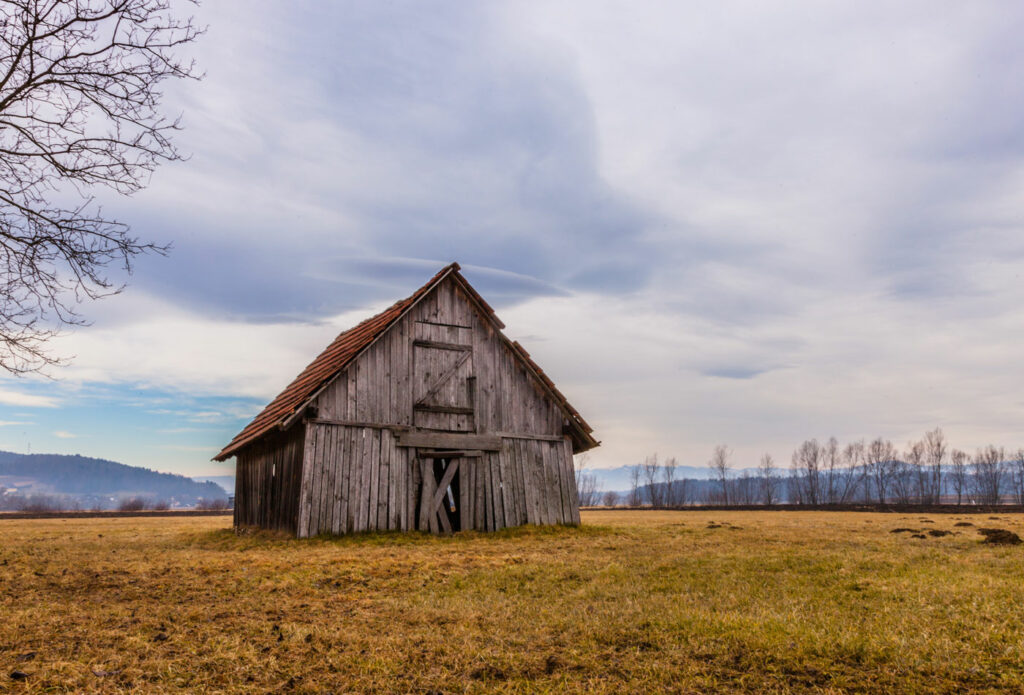
3) Agricultural vehicle insurance
When you buy your agricultural land insurance you can save money if you take out other related insurance at the same time. Essential farm equipment, like quad bikes and tractors, are a prime target for thieves, and rural crime is on the rise as these high-ticket and easily stolen items become more desirable. Much of the theft of farm vehicles is carried out by organised gangs who ‘steal to order’.
The loss of vital farm equipment isn’t just a big financial hit. They’re also essential for the day-to-day running of the farm. Agricultural equipment insurance gives you peace of mind you can replace them quickly if they are stolen or damaged. This can also be extended to cover vintage agricultural equipment if needed.
4) Livestock insurance
A pedigree dairy herd or rare-breed sheep, pigs or other livestock can be worth a lot of money. Herds can be built up over generations, only to be wiped out by diseases such as foot and mouth, TB or other illnesses. They’re also a valuable asset which makes them a target for thieves. ‘Rustling’ may have been falling during the Covid pandemic, but there are signs that it is on the rise once again.
The loss of a herd to thieves can cost a farm thousands of pounds. You need to protect your livestock investment. So look for cover against theft and disease to ensure you are not left out of pocket if the worst happens.
5) Environmental liability
Farmers are custodians of the land, and with that role comes a responsibility to protect our environment. However, if a slurry tank leaks or a watercourse is polluted by run-off from your land, you could end up facing a big clean-up bill or a fine. Environmental issues are at the very top of every agenda now, including farming insurance. Environmental liability cover protects you financially if your farming practices or an unforeseen event on your land pollutes other people’s property or the environment.
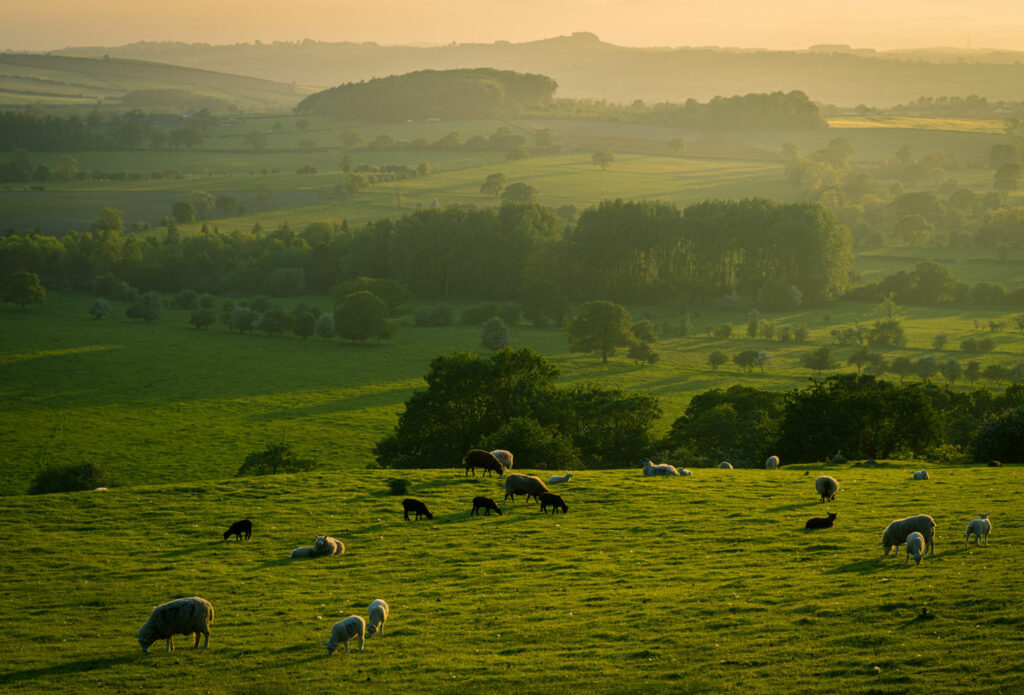
Shopping for cover – our top tips on how to find the best cover
Once you’ve decided what type of agricultural land insurance you need, it’s time to try and find cover at the best price. So how do you do that? Here are our top tips on how to find the best farmland insurance:
- Shop around – Don’t take the first deal you see. As with all insurance, it pays to shop around. As a specialist area, you’re unlikely to find it offered on a price comparison website, so it will involve a bit of legwork and a couple of hours on the phone. If you don’t have the time to do it yourself, a broker can work with you to find the best deals that suit both your budget and your needs.
- Break it down – No farm insurance is going to offer you a complete ‘package’ in one policy. Break it down and work out exactly what type of insurance you need, bearing in mind factors such as what type of farm you run, the type of equipment you have, whether you have an arable or a livestock farm, the size of your operation, and so on.
- A warning – If it seems too good to be true, it probably is. Always be wary of agricultural land insurance that is very cheap. Even if you’re only getting a modest saving, read the small print very carefully. This way you can check for exclusions that leave you underinsured. Alternatively, ask your insurance broker to double-check the policy to ensure you are buying the level of agricultural insurance cover you expect.
The reason you take out agricultural insurance in the first place is to save you from large legal bills or compensation costs. A few pounds saved now are of little use in the long run if you find yourself without the cover you need.
- Talk to the experts – You may be an experienced farmer, but sorting out insurance is a complex issue. Don’t tackle it alone. Talk to brokers who have expertise in insurance and appreciate the challenges you face as a small business and as a farmer.
Our dedicated agriculture team at Park Insurance understands your specific needs no matter how large or small your farm, estate or smallholding is.
We can advise you on different areas of cover and help you put together a bespoke package at a value-for-money price. Call us now on 0117 955 6835 or fill in the online form, and we’ll get right back to you.
